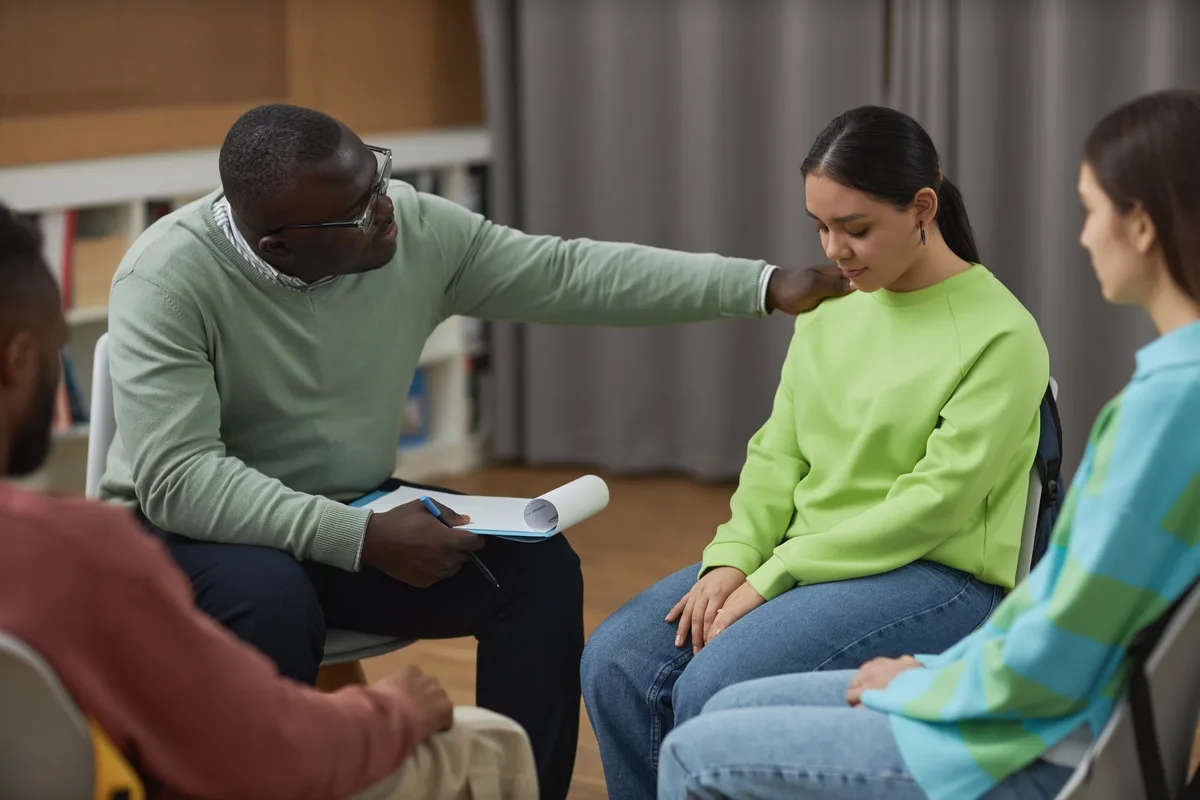24/7 Helpline:
(866) 899-221924/7 Helpline:
(866) 899-2219
Learn more about Ritalin Rehab centers in South Bay
Ritalin Rehab in Other Cities

Other Insurance Options

Horizon Healthcare Service

Anthem

Lucent

American Behavioral

Molina Healthcare

Magellan Health

Cigna

AllWell

BlueShield

Magellan

BlueCross

United Health Care

Aetna

WellPoint

Medical Mutual of Ohio

Carleon

ComPsych

Covered California

Providence

GEHA












